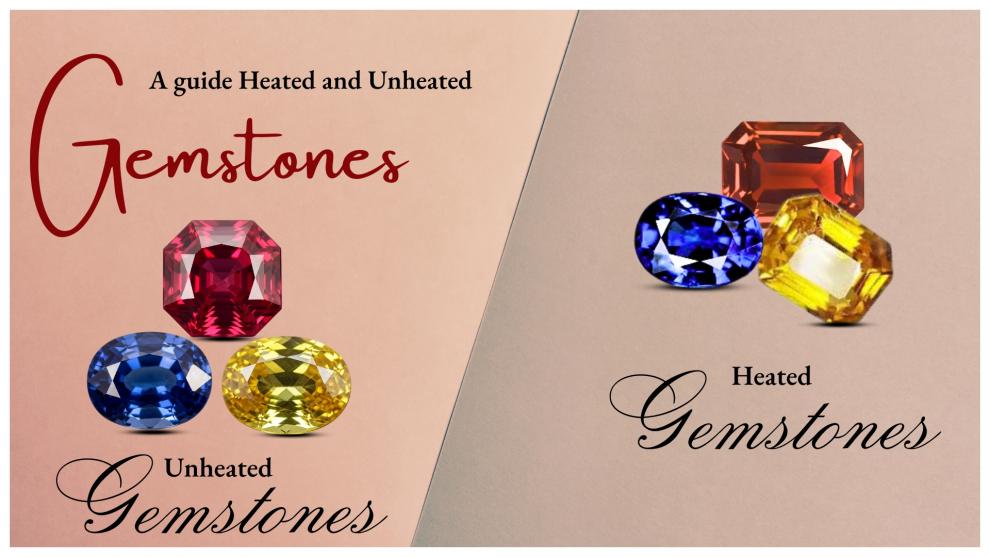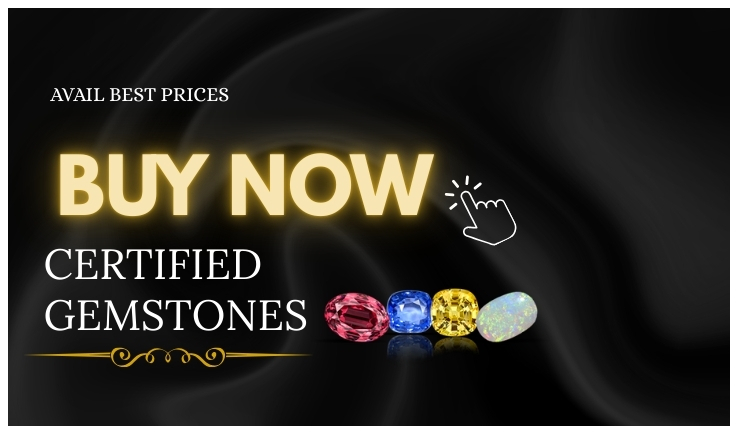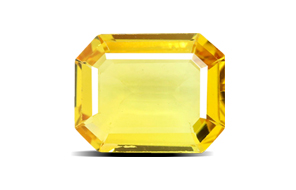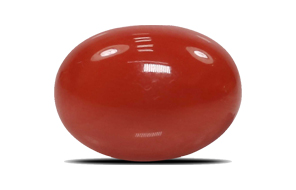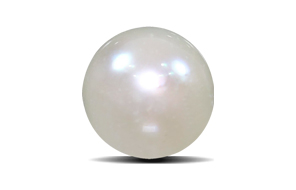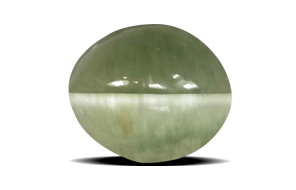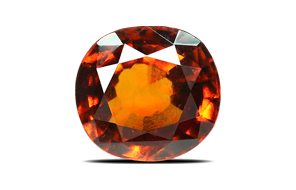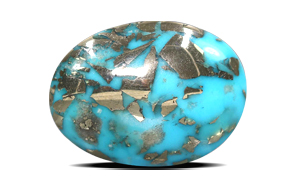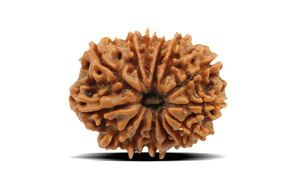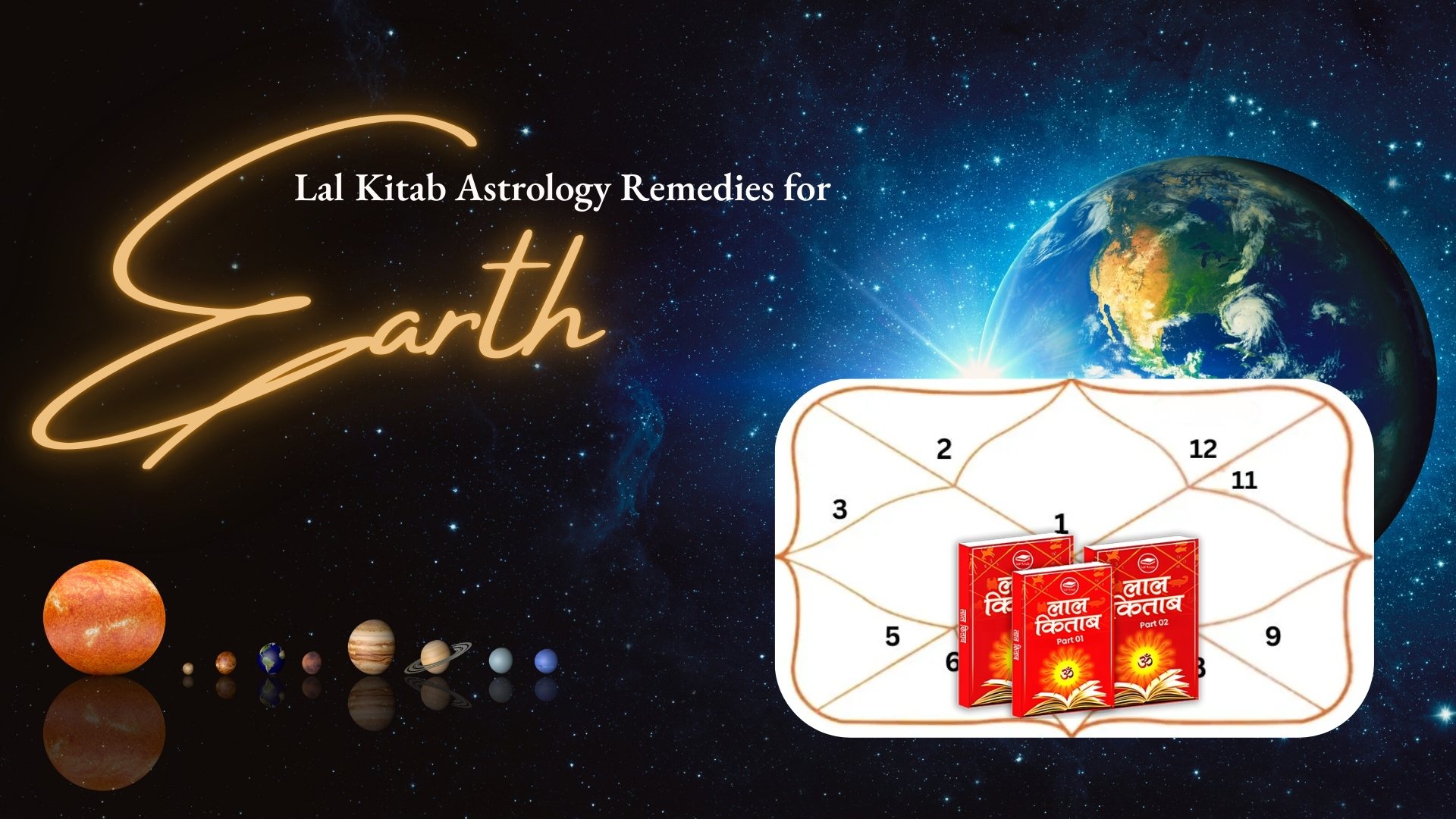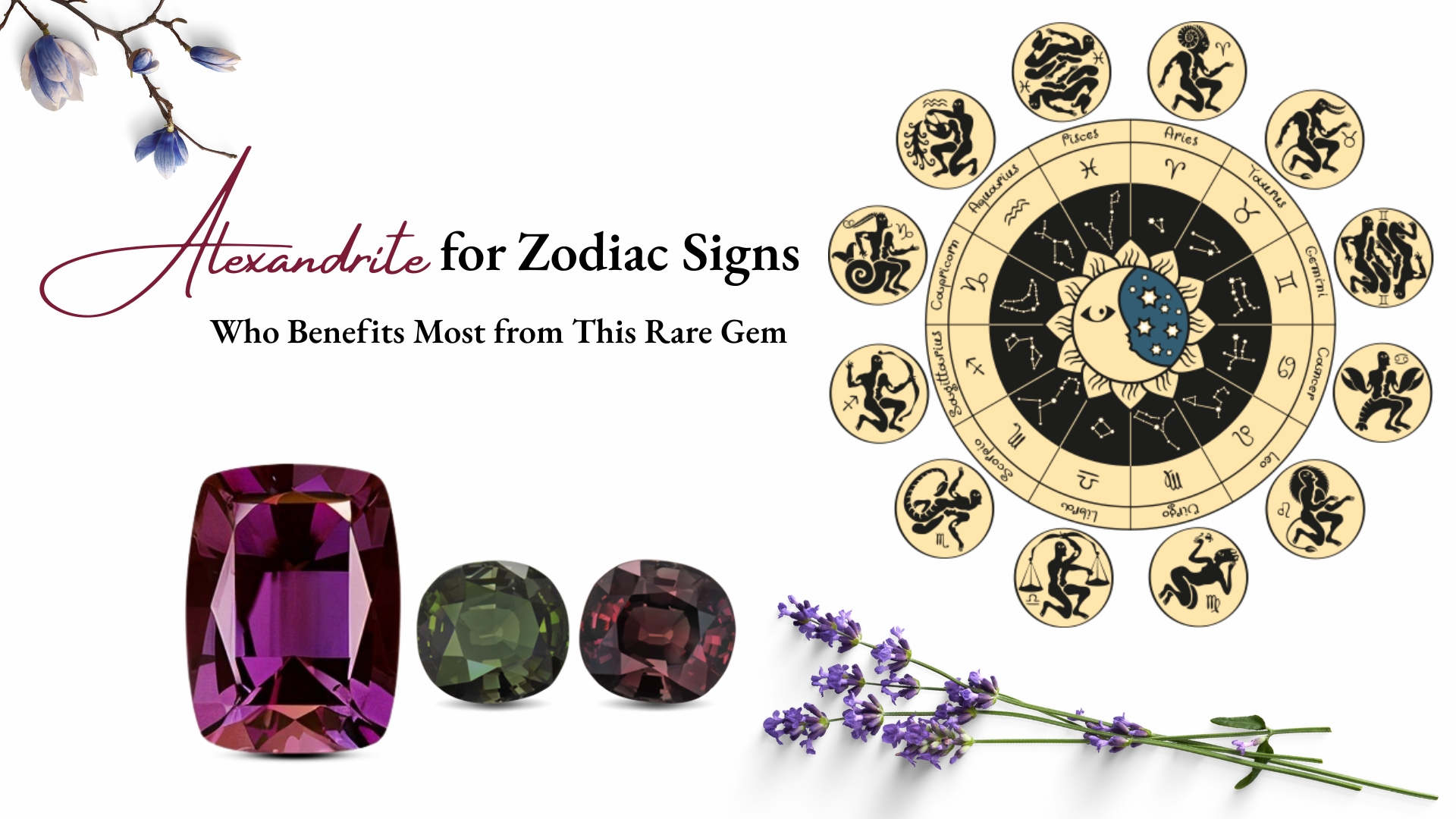Gemstones have been ruling in human hearts for thousands of years. Gemstones complement our looks, from royal crowns to wedding rings. These gorgeous pieces symbolize beauty, power, love, and spirituality. But many of us don’t know the tale and significance behind each gemstone. Some beautiful gemstones welcome the essence of natural charm, while others forever remain untouched. The most common treatment of these precious stones is heating. Let’s explore together the meaning of heated and unheated gemstones and why it matters.
What Are Gemstones?
Gemstones are natural minerals that form under the earth for millions of years. These amazing stone forms were formed under extreme pressure and heat, and then mined. Each polished and shiny gemstone you see in jewelry stores has its own unique properties:
- Color – caused by minerals and impurities
- Clarity – the presence or absence of inclusions inside it
- Durability – hardness and resistance to scratches
- Rarity – availability in nature
History of Gemstone Use
From ancient times, gemstones have been treasured by kings, queens, and civilizations.
- Egyptians wore emeralds and lapis lazuli for protection.
- Romans traded rubies and sapphires as luxury goods.
- Indian royalty adorned themselves with unheated gems, believing they carried divine energy.
- Medieval Europe associated gemstones with healing and astrology.
The obsession with gemstones from the past centuries highlights the charm and cultural significance of these precious stones to this day.
Gemstone Treatments: Why They Matter
Every piece defines its own natural and elegant charm. But, you know, not all gemstones are naturally vibrant when mined. These pieces often go through the treatment to enhance their appeal. The most common method is heating. Apart from it, other treatments include:
- Fracture filling
- Irradiation
- Dyeing
But heating remains the most widely accepted and permanent process.
What Does “Heated Gemstone” Mean?
The Process of Heating
The heating method requires the placement of gemstones in a high-temperature environment from 500°C to 1800°C. But, in a few cases, they got heated with the help of the special chemicals.
Purpose of Heating
- Usually used to change color
- This process helps to reduce inclusions in gemstones.
- Ideal for improving transparency
- It helps to make gems more marketable
Heated Stones
- Sapphire gemstones are heated to deepen the blue color within them.
- Ruby gemstones are heated to enhance red brilliance.
- Emerald gemstones are heated to get an enhanced green color.
Unheated Gemstones Explained
Natural Beauty
As the name suggests, unheated gemstones are the untouched gemstones. These gemstones offer the same color and clarity as nature offers them.
Why They’re Rare
The heated gemstones are less pretty than the unheated gemstones. Unheated gemstones bring immense beauty, and therefore, they are sold at a higher price.
Historical Significance
Unheated gemstones were traditionally worn by royals and spiritual leaders. Many believed that treatments reduced the gem’s natural energy and healing powers.
Heated vs. Unheated: The Key Differences
| Feature | Heated Gemstones | Unheated Gemstones |
| Availability | Common | Rare |
| Appearance | Enhanced through heating | Natural beauty |
| Price | More affordable | Expensive |
| Market Demand | High (everyday jewelry) | Niche but prestigious |
| Collector’s Value | Moderate | Extremely high |
Does Heating Make a Gemstone Fake?
The heating method never changes the natural essence or the origin of the gemstone. This process is done to make the piece more beautiful, vibrant, and enhance its appearance. This process is permanent, safe, and even accepted by the international gemstone markets.
Market Value: Heated vs. Unheated
- Heated Stones: These stones are common stones available in large quantities and are affordable.
- Unheated Stones: Rare, unique, highly valued by collectors and investors.
Example:
A heated blue sapphire may cost $500 per carat, while an unheated sapphire of the same quality may reach $5,000 per carat or more.
How to Identify Heated and Unheated Stones
It’s almost impossible to distinguish by eye. Experts use:
- Microscopy – to study inclusions
- Spectroscopy – to analyze light patterns
- Chemical testing – to detect changes
For buyers, the safest way is to request certification from a reputable gem lab (e.g., GIA, IGI, GRS).
Certification and Why It’s Important
Certification confirms whether a gemstone is heated or unheated. It protects buyers from fraud and ensures transparency. Never buy expensive gemstones without a certificate.
Pros and Cons of Heated Gemstones
Pros:
- Affordable
- Enhanced beauty
- Easily available
Cons:
- Less rare
- Lower resale value than unheated gems
Pros and Cons of Unheated Gemstones
Pros:
- Naturally beautiful
- Extremely rare
- Higher investment value
Cons:
- Expensive
- Limited availability
Global Market Demand for Gemstones
The gemstone market is worth billions of dollars annually. Heated stones dominate retail jewelry because they are affordable and consistent in appearance. Unheated stones, however, are prized in auctions, collections, and luxury markets.
Astrological and Healing Beliefs
Many cultures believe unheated stones have stronger astrological and healing powers. For example:
- Ruby: Associated with vitality and leadership.
- Sapphire: Linked to wisdom and prosperity.
- Emerald: Believed to strengthen relationships.
Astrologers often recommend unheated stones for maximum “cosmic energy.”
Factors to Consider Before Buying
- Budget: Heated stones are practical for everyday wear.
- Purpose: Unheated stones are ideal for collections and investments.
- Certification: Always ask for a gem report.
- Seller Reputation: Buy from trusted jewelers only.
Tips to Avoid Fake Sellers
- Beware of unusually low prices.
- Verify the seller’s credentials.
- Ask for lab certification.
- Compare stones across different sellers before deciding.
Fun Facts About Gemstones
- The Hope Diamond, one of the most famous gems, is valued at over $250 million.
- Rubies were called the “king of gems” in ancient India.
- Some gems, like alexandrite, change color under different lighting conditions.
Conclusion
Heated and unheated gemstones both hold immense beauty and value. Heated gems are enhanced versions, perfect for everyday jewelry at affordable prices. Unheated gems are rare treasures, admired for their untouched beauty and often chosen for collections, investments, or spiritual reasons. When buying, always rely on certification and choose based on your needs, whether it’s beauty, rarity, or investment value.
Q. Are heated gemstones real?
Q. Why are unheated gems so expensive?
Q. Can heating damage a gem?
Q. Which stones are commonly heated?
Q. How do I make sure my gem is unheated?
About The Author
Ms Shelly Singh, with over four years of professional writing experience, has contributed impactful content to leading newspaper publications. She has authored 50+ press releases and contributed to three anthologies.
Her career spans journalism, digital marketing, the education industry, and the gemstone and jewellery industry, where she has been shaping brand narratives for the past year. Skilled in content writing, content strategy, social media marketing, and influencer collaborations, she brings depth, creativity, and strategic insight to every project she undertakes.

